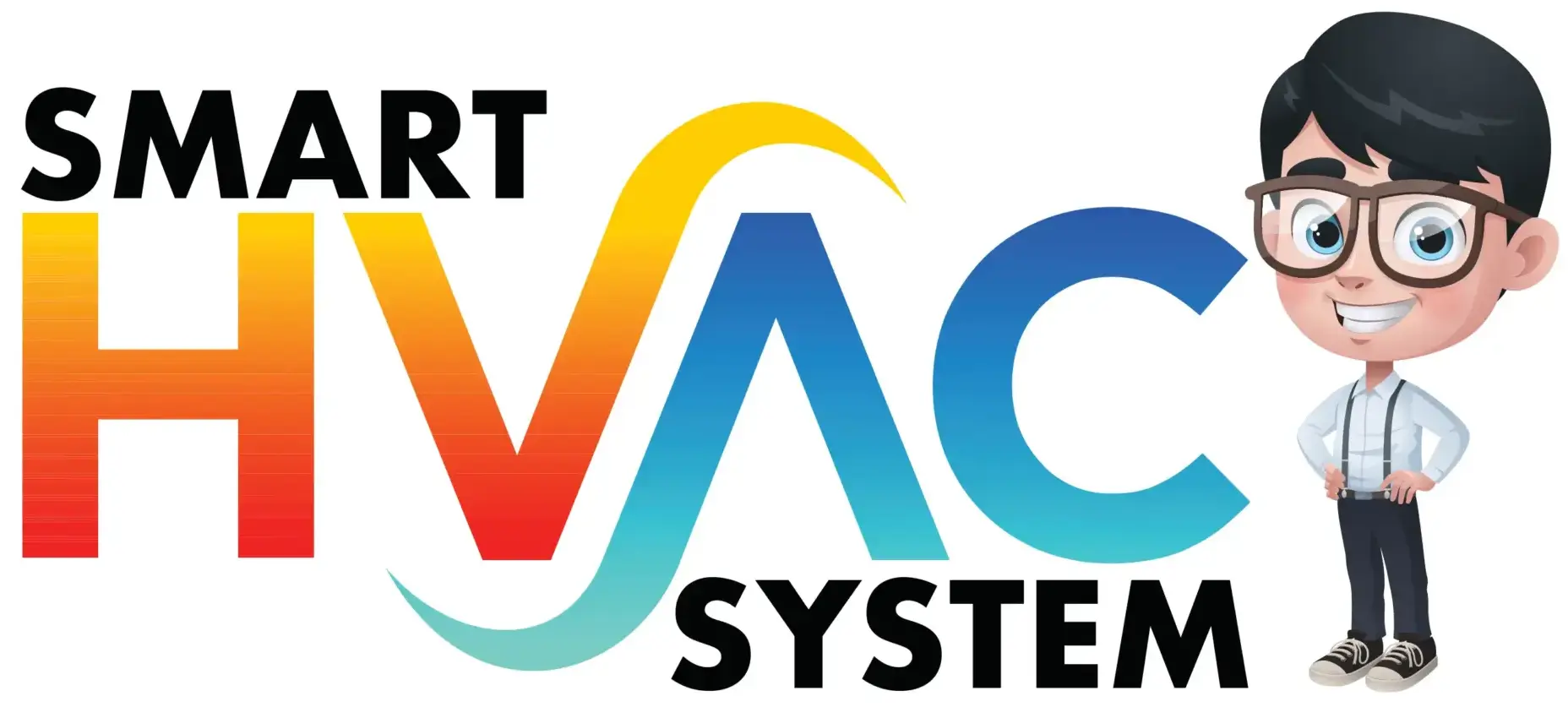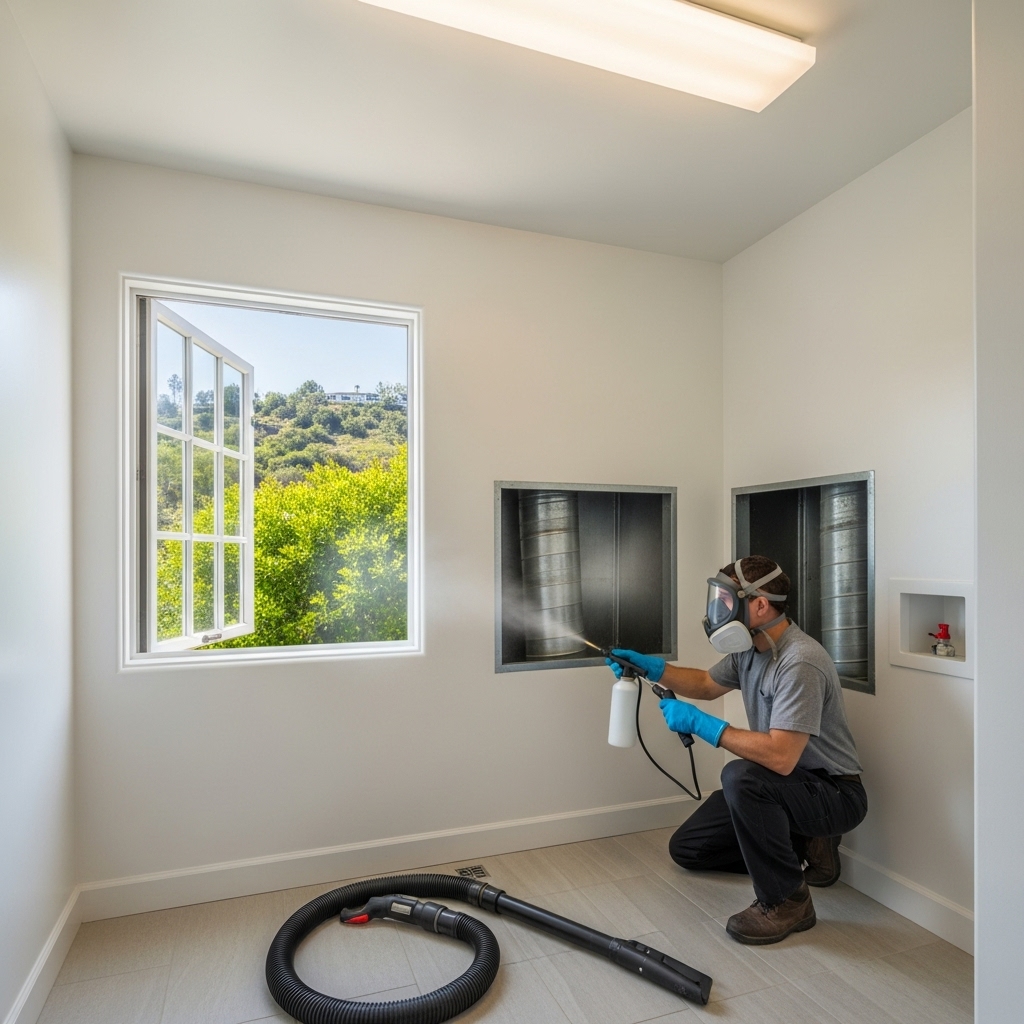Wildfire seasons leave a mark on Malibu that goes beyond what we can see on the hills. Even when flames stay far from our neighborhoods, smoke travels, settling into our living spaces and, inevitably, into the pathways our HVAC systems use to circulate air. In the days and weeks after the sky clears, many homeowners notice a persistent, hard-to-place odor at startup, or a faint residue around returns. That is when the conversation turns to what a complete, careful response looks like—one that combines mechanical cleaning with measured, HVAC-safe deodorizing or sanitizing steps. Approaching this work as a targeted, restorative form of air duct cleaning tailored to wildfire aftermath can make the difference between a system that feels almost better and one that truly resets.
It helps to start with how smoke behaves. Fire releases a complex mix of particulates, volatile compounds, and odor molecules that cling to surfaces. Duct interiors, the air handler cabinet, blower blades, and filter housings can all collect residues. Porous materials in the living space—fabrics, rugs, and even unsealed wood—can also hold onto smells. A focused plan recognizes these realities and addresses the parts of the HVAC system that matter most for circulation and odor. The aim is not to mask the scent of smoke but to remove or neutralize the residues that create it, all while protecting materials and keeping occupants comfortable.
Assessment: the foundation of a tailored plan
Every Malibu home tells a different smoke story. A beach bungalow near Zuma may have welcomed ocean air and smoke alike through open windows, while a canyon home with the HVAC running during an event may have pulled more particulates into returns and the air handler. A thoughtful assessment considers these patterns. Technicians inspect registers and returns for visible residue, check the air handler interior, and may use cameras to look deeper into trunks and branches. They note duct materials—metal, flex, duct board—because tool selection and technique will depend on them. This initial step sets the stage for a measured, effective response.
During assessment, communication matters. You should hear a clear explanation of what the team sees and how they plan to proceed. If a deodorizing or sanitizing step is recommended, they will describe where it will be applied, what product they intend to use, and how they will manage dwell time and ventilation. The best plans feel specific to your home and grounded in what inspection reveals.
Mechanical cleaning: restoring a clean baseline
Before any treatment is considered, the system needs a thorough mechanical cleaning. Negative pressure with HEPA filtration creates a controlled capture environment. Registers and grilles are removed and cleaned. Access points are created as needed and sealed properly afterward. Agitation moves through supply and return trunks and branches, with tool selection matched to duct materials to protect surfaces. The air handler cabinet receives careful attention; residues on blower blades and cabinet walls can reintroduce odors and particulates if left in place. When this step is done patiently and completely, many homes already experience a significant improvement in air feel and smell.
In Malibu, where coastal salt and canyon dust also play roles, mechanical cleaning has the added benefit of resetting the system beyond smoke residues. The result is airflow that feels smoother and a home that breathes a little easier, especially when doors and windows open to welcome the day. This clean baseline is essential before any targeted treatment can do its best work.
Deodorizing and sanitizing: when and how
After smoke exposure, a targeted deodorizing or sanitizing step can help neutralize lingering odor compounds that mechanical cleaning cannot fully remove. The key is restraint and specificity. Products designed for HVAC use are applied in measured ways—often focused on the air handler cabinet and specific duct sections—not broadcast indiscriminately. Technicians explain product choice, contact time, and how they will ventilate to keep occupants comfortable. The goal is to leave the system smelling like nothing at all: clean air moving through a clean path.
There is a meaningful difference between deodorizing and sanitizing. Deodorizing targets odor molecules, often using neutralizers that bind with or change the compounds responsible for smell. Sanitizing targets microbial concerns that can arise in damp or smoke-affected conditions. Not every home needs both, and a careful inspection guides the decision. Overshooting with chemicals is never the objective; the lightest effective touch protects materials and respects the space you live in.
Filter strategy and follow-up
Filters do a lot of quiet work after a smoke event. During assessment, a technician may recommend replacing a heavily loaded filter with a fresh one after the cleaning is complete, and in some cases, choosing a filter with improved odor-capture capability can help during the weeks that follow. The choice should fit your air handler’s capacity so airflow remains strong and quiet. A brief follow-up check, especially in homes that saw significant smoke, helps confirm that odors remain at bay and that the system continues to perform smoothly.
For households that open windows to enjoy the marine layer or that welcome frequent guests, a seasonal rhythm of inspection and filter changes can maintain the benefits. Malibu living invites the outdoors inside, and a steady, light-touch approach keeps your HVAC system ready for that embrace.
Safety, comfort, and communication
Home is a refuge, especially after a tense wildfire season. Any restorative work in your HVAC system should honor that. Trusted providers set up containment carefully, protect floors and corners, and explain each step in clear, calm language. If a deodorizing or sanitizing product is recommended, they discuss occupant comfort and safety, including ventilation and timing. Pets are given a quiet space away from activity. The goal is to make the visit feel like a gentle reset rather than another stressor.
Communication continues through verification. Responsible before-and-after visuals—photos from inside ducts or the air handler cabinet—help you see progress. A short debrief notes observations and offers simple, practical suggestions for keeping the clean baseline intact. The best providers will check in after a few days, especially in heavily affected homes, to ensure the result holds.
Why Malibu experience makes a difference
Local experience shapes every decision. Coastal homes face salt air that can interact with metal components, while canyon homes may accumulate wind-borne dust that mixes with smoke residues. Contractors familiar with Malibu know how to adapt tools to different duct materials and how to protect finishes in salty, moist environments. They plan for tight access in older attics and for parking realities near the beach. They understand the emotional weight of smoke season and approach the work with empathy as well as expertise.
In communities with HOAs or shared infrastructure, local providers smooth coordination with building management and protect common areas as carefully as living rooms. Details like these are easy to overlook in a generic plan and are a big part of why local knowledge matters.
Beyond the HVAC: managing expectations
While HVAC-focused cleaning and targeted treatment can dramatically reduce smoke odor, it is important to remember that smells can also reside in textiles and porous materials outside the system. Curtains, rugs, and unsealed wood may need attention from cleaning professionals in their own right. A straightforward conversation about what the HVAC work will accomplish—and where additional steps might help—sets expectations in a way that feels honest and reassuring.
If your home feels almost, but not quite, restored after service, ask your provider for a walk-through of potential odor reservoirs. Small adjustments like sealing a drafty attic hatch or replacing a weathered door sweep can make the difference between lingering hints of smoke and a fully fresh interior.
Timing your response
After a smoke event, many homeowners are eager to act, and that instinct is sound. Once outdoor air quality improves and life steadies, scheduling an assessment makes sense. Acting promptly reduces the time residues have to settle and can shorten the path to a clean baseline. If you travel or split time between homes, a local provider can coordinate access with a caretaker and share documentation remotely so you stay informed and confident.
For some, it helps to pair HVAC service with a general refresh—washing soft surfaces, swapping filters, and airing out the home on good-air days. Malibu’s weather can cooperate beautifully after a storm or a shift in winds, and a newly cleaned system shines in those moments.
Choosing a provider you trust
Trust grows from clarity. The right provider will describe their containment, their tool choices for your duct materials, and how they will address the air handler interior. If deodorizing or sanitizing is recommended, they will explain product selection and comfort considerations. They will outline verification and follow-up. Those specifics turn a complex situation into a clear plan you can feel good about.
Midway through your decision, return to the outcome you want: a home that smells like itself again, with air that feels calm and clean when the system starts. Choose a team whose approach to air duct cleaning after wildfire smoke aligns with that outcome, and the process will feel less like remediation and more like restoration.
FAQs
Will cleaning and sanitizing remove smoke odor completely?
It often reduces odors dramatically, especially when both ducts and the air handler interior are addressed and a targeted deodorizing step is applied. In some cases, textiles and other porous materials in living spaces may continue to hold odor and benefit from separate cleaning. A clear assessment helps set expectations.
Is it safe for my family and pets to be home during service?
Yes, with standard precautions and clear communication. Containment and HEPA capture manage debris, and if a deodorizing or sanitizing product is used, your provider will explain timing and ventilation so everyone remains comfortable.
How soon after a smoke event should I schedule service?
As soon as outdoor air quality improves and your household is ready. Acting promptly helps prevent residues from becoming more stubborn, but even weeks later, a thorough, targeted approach can restore a clean baseline.
Do I need to replace my HVAC system or just clean it?
In most cases, thorough mechanical cleaning and targeted treatment where appropriate are sufficient. Replacement is rarely necessary solely due to smoke exposure. Your technician will advise if any specific components show unusual wear or damage unrelated to cleaning.
What about filters with odor-reducing properties?
They can be helpful in the weeks after a smoke event when chosen to match your air handler’s capacity. The goal is to balance odor capture with strong airflow. Your provider can recommend options that fit your system and your comfort priorities.
How will I know the work was successful?
You should notice a fresher smell when the system starts and quieter, smoother airflow. Responsible before-and-after visuals and a brief follow-up after a few days can confirm that results are holding. If any hints of odor remain, a walk-through can identify non-HVAC sources that may benefit from additional attention.
If your home still carries the memory of smoke and you are ready for a measured, restorative response, connect with a local team that treats your space with care. Choose professionals who plan carefully, communicate clearly, and deliver a reset that lets your home breathe easy again. When you want a calm, confident path back to fresh air, book focused air duct cleaning with targeted smoke remediation for your Malibu home.

